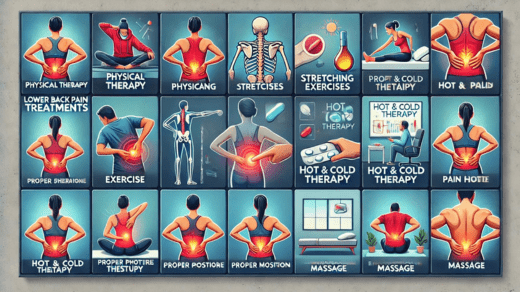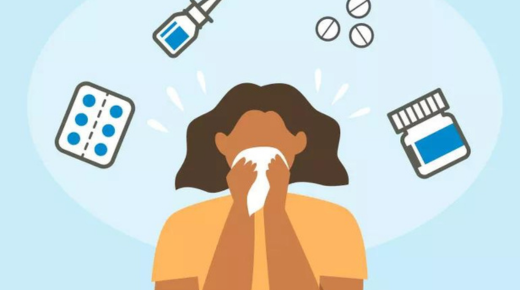People are more likely to experience lower back pain as they enter middle age. Aging is one of the common culprits. Your bones and joints change over time, and the discs tend to wear out and sometimes become fragmented, resulting in back pain. Numerous other causes of lower back pain can only be known after diagnosis. Never ignore any signal from your body, and be sure to get timely lower back pain treatment from your nearby spine specialist.
What Helps With Your Lower Back Pain?
1. Consult a physical therapist
If you have had pain for more than 4–6 weeks, seek medical attention from the specialists. They will use techniques like ultrasound, muscle relaxation, electrical stimulation, and heat to diagnose the cause and help you increase mobility and flexibility. They will also teach you some exercises to help prevent pain in the future.
2. Opt for manipulation or massage therapy
Physical therapists or chiropractors will use different techniques to enhance mobility in your spine. It is a safe and effective treatment. Using effective massage techniques, like structural massage or relaxation massage for a few weeks can also help alleviate pain and get through daily activities.
3. Practice mindfulness and relaxation techniques
Research shows that calming your mind can help in faster recovery from lower back pain. People with chronic back pain always remain stressed and irritated. Calm your mind by using relaxation techniques like mindfulness-based stress reduction (MBSR) to ease your symptoms.
4. Use over-the-counter medications
Take over-the-counter (OTC) pain relievers to help with muscle aches and stiffness. These non-prescribed pain relievers include aspirin, ibuprofen, and naproxen. Consult your healthcare provider for advice on the appropriate dosage.
5. Apply medicated creams
You can apply medicated creams, salves, and ointments to alleviate stiffness, soreness, and tension in your back muscles. The ingredients in these medicated creams can help cool, heat, or numb that area.
6. Inquire about beneficial supplements
Getting the necessary nutrients from food is the best option. However, you can get guidance from your healthcare provider if supplements may help. For example, vitamin D is essential for bone health. A deficiency of vitamin D can cause muscle weakness and cramps. Consult your doctor if the supplements can help remove deficiency and improve bone health.
7. Stay active and incorporate regular stretching
It makes sense if you are scared of getting back to your exercise routine after suffering from lower back pain for a long time. However, not being physically active can be more dangerous and lead to other health issues. Exercise regularly helps strengthen the muscles and prevent spasms. Try to maintain a 20-minute low-impact exercise routine to stay active. Get guidance from physical therapists for exercises that strengthen and stretch your body.
Conclusion
In conclusion, numerous other methods can aid in lower back pain treatment, such as concentrating on maintaining proper posture, using ice and heat, maintaining a healthy weight, stopping smoking, and using a rolled-up towel as support.
Get an appointment with a spine specialist at a top healthcare center like ANSSI Wellness for more information on non-surgical lower back pain treatments and enjoy a pain-free life!




